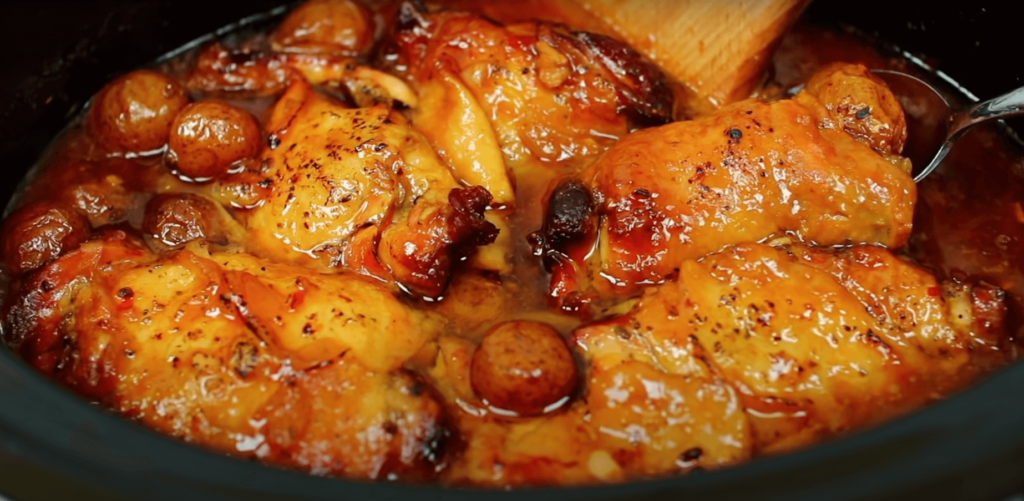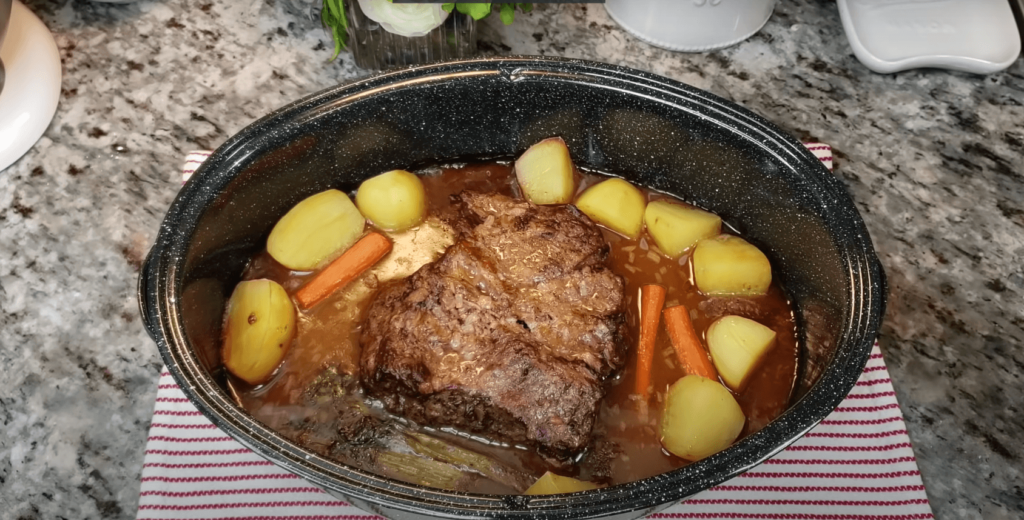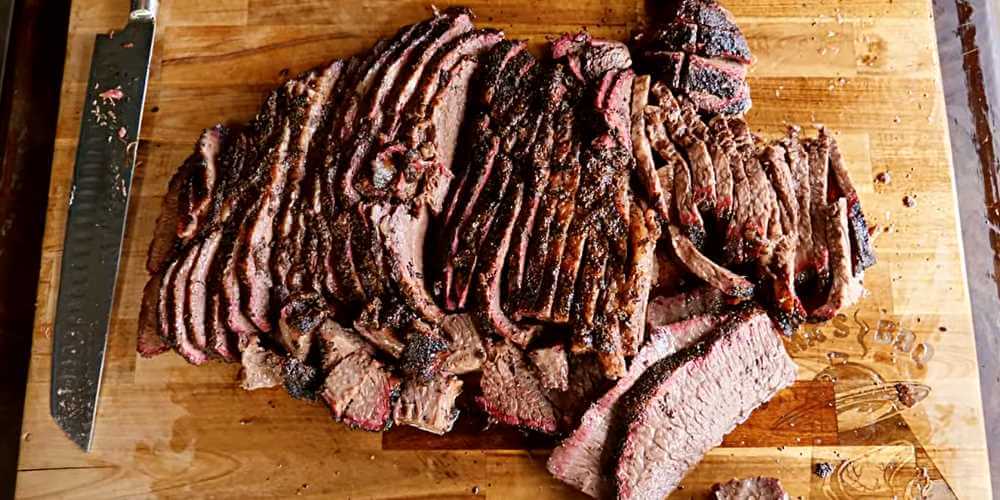A Simple Guide to Low and Slow Cooking

To prepare a protein, there are various options. It may be grilled, sautéed, seared, basted, or — our personal favourite — smoked. You may accentuate and infuse a variety of tastes and textures into your meat by barbecuing it. And one of the greatest methods to achieve that has to be to cook your meat slowly. What makes cooking at lower temperatures so special? Let’s find out!
What is Low and Slow Cooking?
The phrase “low and slow” refers to food that has been prepared over a considerable amount of time and at a low temperature. It is frequently used when grilling or barbeque meat that has been smoked. This is often accomplished by grilling or smoking food over indirect heat. While smoking adds flavour and dimension to the meat as it cooks, low and slow cooking allows meat to cook completely while preventing burning or drying out the meat.
How does Low and Slow work?
By cooking the meat extremely slowly, low-and-slow barbeque helps to break down the collagen in the flesh. At 160°F, the collagen starts to melt, resulting in an extremely flavorful liquid gelatine. The meat will be extremely flavorful and have a special, silky feel thanks to this liquid gelatine, which you will enjoy. Using a low and slow cooking method is not due to any sort of magic, but rather is based on sound culinary science. Here’s how it works: the meat is prepared by cooking it between 200 and 250 degrees Fahrenheit. Because the meat is cooked gradually, the connective tissue may cook and dissolve at a temperature of roughly 160 °F.
What are the factors to consider when cooking low and slow?
Using pieces of meat that improve in texture and flavour when cooked for extended periods of time at moderate temperatures, slow-cooked meals are typically simpler to prepare and highly cost-effective. Collagen is abundant in these tough pieces of meat, and it has to be cooked for a long period in order to be broken down into a rich gelatine. Here are some factors to consider before beginning your low and slow cooking journey.
- Temperature
- Kind of meat
- Type of cut
- Moisture
- Wrapping
- Fire
What happens during low and slow cooking?
We cook slowly and at low temperatures for two reasons: to maintain consistent temperatures and to dissolve connective tissues like collagen.
1. Even cooking
The temperature gradients in the meat are substantially less severe when the cooking temperature is low. This makes sense since a 40°F beef centre needs to travel less thermal distance to reach 250°F of air than it does to reach a 450°F cast iron pan. Meat that is cooked more consistently has less thermal gradation.
2. Less carry over cooking
Because the entire piece of meat is heated to the same temperature, sous vide cooking, for instance, almost eliminates carryover. There will be less carryover if your cooking temperature is near to the temperature at which the meat is done.
3. Breakdown of collagen
Slow cooking is ideal for achieving soft, flavorful meat because it allows the most soluble collagen to be broken down. The smoker steps in at this point. Although we prefer to use this technique whenever feasible, it works particularly nicely with harder portions like low and slow brisket.
What are the best cuts for low and slow cooking?
Beef cheek, short rib, feather blade, and oxtail are among the beef cuts utilised for slow cooking. Prior to slow cooking, browning the meat caramelises it and adds flavour. Additionally, marinating the meat before slow cooking can assist the flavour of the beef to come through even more. The cuts that are perfect for low and slow cooking is not solely limited to beef cuts. You can use pork, chicken, lamb, anything you can think of!
Tips on Minimising Loss of Moisture during Low and Slow cooking
There are several ways of delaying and lessening the amount of moisture loss during the cooking process.
- Brining
- Steaming
- Braising
- Poaching

Low and Slow Cooking FAQ
Using a slow cooker takes minimal effort. After preparing all the ingredients, you may put them in a pot, skillet, or slow cooker so that the flavours can meld and combine over time. This technique uses moderate heat and little liquid to tenderise meats and proteins while preventing dryness. One-pot dinners, soups, stews, and casseroles are just a few of the foods that may be cooked slowly. Low heat cooking keeps food’s nutritional worth while maintaining the dish’s freshness.
You definitely need a thermometer to monitor a low-and-slow cook, and you need one that you can leave in your meal. Around 170°F (79°C), collagen breakdown really begins to take off. The temperature should be raised somewhat since it takes a while for those protein helixes to unravel.
An obvious benefit of smoking in this manner is that the meat will taste fantastic. The meat won’t dry out as a result of the low temperature and lengthy cooking period, so its juiciness will be preserved. It will also taste better because to the smokiness your equipment produces, especially if you use a fantastic sauce or dry rub. It will also acquire the desired fall-off-the-bone soft feel if you allow the food additional time to cook at a moderate temperature.
The ideal method of cooking slowly and gradually is sous vide. Sous vide involves cooking food in a controlled environment where the temperature is precisely matched to the desired cooking temperature. This results in a flattening of our temperature gradient, where the centre of the meal is the same temperature as the rest of it and cannot overcook because it is the heat source.
Meat smokers enable simultaneous low and slow cooking and smoking of the meat. Hard wood chips, such as hickory, oak, or apple wood, are added to an enclosed smoker with the meat where they burn and generate smoke. The low temperatures required for smoking allow the smoke to permeate the meat and impart a richness of taste that would otherwise be impossible to achieve.

